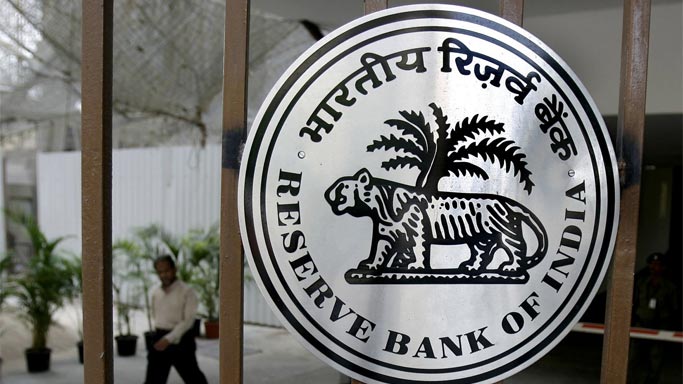RBI monetary policy: Budget, demonetisation to impact rate cut
The six-member committee’s decision on the possible rate cut will be highly influenced by the Feb 1 budget for the fiscal year 2017-18, concern over the impact of demonetisation on growth and the controlled inflation despite rising fuel prices.

New Delhi, Feb 6: The Monetary Policy Committee (MPC) of the Reserve Bank of India is set to meet on February 7 and 8 to discuss rate cut. It has been contemplated that the six-member committee’s decision on the possible rate cut will be highly influenced by the Feb 1 budget for the fiscal year 2017-18, concern over the impact of demonetisation on growth and the controlled inflation despite rising fuel prices.
Senior analysts and bankers are expecting a 25 basis points reduction in the key policy rate (the repo rate) to 6% on February 8 when Urjit Patel unveils his third policy review. “We are still calling for a 25 bps repo rate cut. Since the last RBI policy, CPI inflation has surprised to the downside both in November and December, which has improved the chances of meeting the 5 per cent March 2017 CPI target appreciably,” said a report by Deutsche Bank, reports Indian Express.
“Apart from the policy details, the markets are also keen to hear about the demonetisation impact and numbers, especially how much money has come in and gone out. It remains to be seen whether there will be consensus in MPC this time,” said a senior official of a public sector bank. The Reserve Bank of India is yet to submit the details of the total amount deposited at the end of the 50-day demonetisation drive which was started on November 8 by Prime Minister Narendra Modi.
“We grow more confident about our call that Budget 2017 will help to cut lending rates by 50-75 bps by September to offset the impact of the demonetisation shock in the second half of 2017,” said a Bank of America Merrill Lynch Global Research report.
It has been reported that Governor Urjit Patel had kept the repo rate unchanged in the December 7 policy review. The RBI had cut repo rate by 25 bps in the October 4 review in 2016, the first by Patel as the Governor.
“We expect the RBI to use the additional room that has opened up and cut the repo rate by 25 bps in February, rather than in April. However, the extent of further cuts in the repo rate will remain restricted and be conditional on uncertainties in the global commodity cycle, Brexit and Trump related volatility in the global financial markets and hence, likely depreciation pressures on the rupee,” said Indranil Pan, IDFC Bank Chief Economist.
Earlier this year, soon after the demonetisation drive ended, the commercial banks had cut their lending rates by about 80-90 bps in one clip hence, it is unlikely that they will reduce the rates any further without the policy rate being lowered further. “Some more reduction in lending rates may be required to support growth in our view, for which the RBI should consider easing the policy rate next week, given that monetary transmission takes place in India with a significant lag,” Deutsche Bank said.
As per the reports, some bankers and analysts believe that the RBI may not want to cut the policy rate but may want to deliver lower market rates by making liquidity more abundant. “In such a scenario, RBI will allow liquidity to move into surplus territory in the money market, which will push the overnight call rate to the lower end of the LAF corridor (reverse repo rate), leading to an effective easing of rates.
This may not be a bad idea in case RBI is not sure about the medium term inflation outlook, but still wants to keep rates lower due to growth considerations,” said an analyst.
“it is appropriate to look through the transitory but unclear effects of the withdrawal of SBNs while setting the monetary policy stance. On balance, therefore, it is prudent to wait and watch how these factors play out. Accordingly, the policy repo rate has been kept on hold in this review, while retaining an accommodative policy stance,” said RBI Governor on December 7, while keeping rates unchanged.
However, the apex bank had made it clear that it will push hard for achieving consumer price index inflation at 5 per cent by Q4 of 2016-17 and the medium-term target of 4 per cent within a band of +/- 2 per cent, while supporting growth in the fiscal year 2017-18. However, analysts had said that India’s overall monetary conditions remain in a warning zone, even after 175 bps rate cuts from the RBI, mainly due to a persistent appreciation of rupee in real terms.






 →
→












0 comments:
Post a Comment